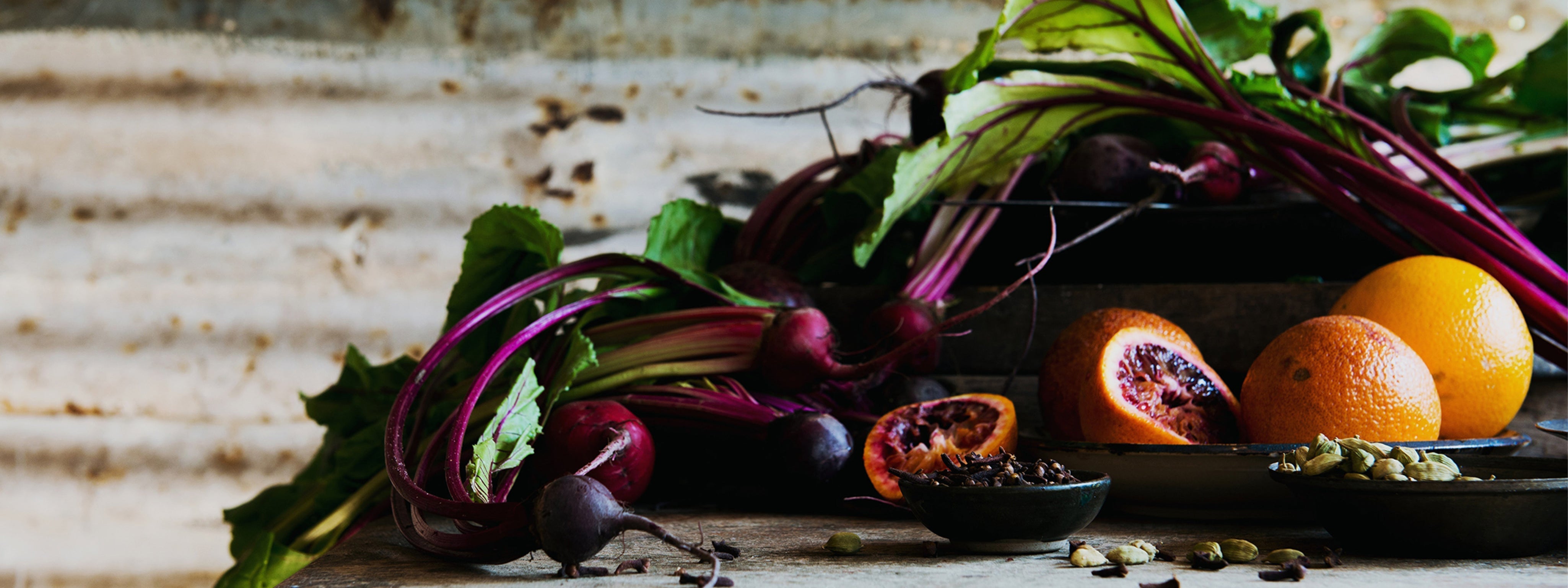Strawberry Gum Eucalyptus

Strawberry gum, AKA forestberry herb or Eucalyptus olida, is a unique Australian bush food prized for its intense strawberry-like flavor and aroma. Indigenous to the forests of southeastern Australia, this small to medium-sized tree belongs to the Eucalyptus genus. Its leaves, when crushed, release a potent scent reminiscent of ripe strawberries with hints of cinnamon. It gets this distinct aroma from methyl cinnamate, also found in strawberries, of which it has the highest known concentration of any plant.
In the wild it is found only around the Gibraltar Range National Park in north eastern New South Wales and up to the nearby Timbarra Plateau, where it grows in forest and woodland in shallow soil derived from granite. The national park is included in the Gondwana Rainforests reserves, the most extensive set of subtropical rainforests in the world and is collectively a World Heritage Site - making wild picking of this plant restricted only to self seeded roadside plants in the region, outside of the protected areas.
Common Name: Strawberry Gum, Forestberry Herb
Scientific Name: Eucalyptus olida
Seasonality: Available year-round in suitable climates, with leaves harvested as needed.
Growing Region: Restricted to the subtropical rainforests of the Gibraltar Range National Park and Timbarra Plateau.
Flavour
Strawberry gum leaves have an intense strawberry-like flavor with hints of cinnamon and passionfruit. Their sweet aroma is potent, capable of adding sweetness to a dish without extra sugar.
Usage
Strawberry gum tends to work best a flavour enhancer, rather than a flavour of its own. It can be used fresh, whole, dried, or ground, depending on your needs.
Baked Goods: Dried and ground, its strong aroma adds strawberry notes to already sweet dishes like baked goods (meringues and cookies in particular) and desserts. Mixed in, it enhances the other flavours. Added later
Jams and sauces: When cooked into jams and sauces, its own flavour is diminished by the high heats but the methyl cinnamate enhances the flavour of the fruits or berries.
Infusions: Either whole or ground, the leaves can be infused into liquids like sugar syrup as a base for sauces, sorbets, and drinks. We utilise it throughout several of our shrub mixer drinks throughout the year!
Tea: The fresh, whole leaves make an excellent tea. It’s mild tasting but smells deliciously sweet, a great substitute for mint teas.






